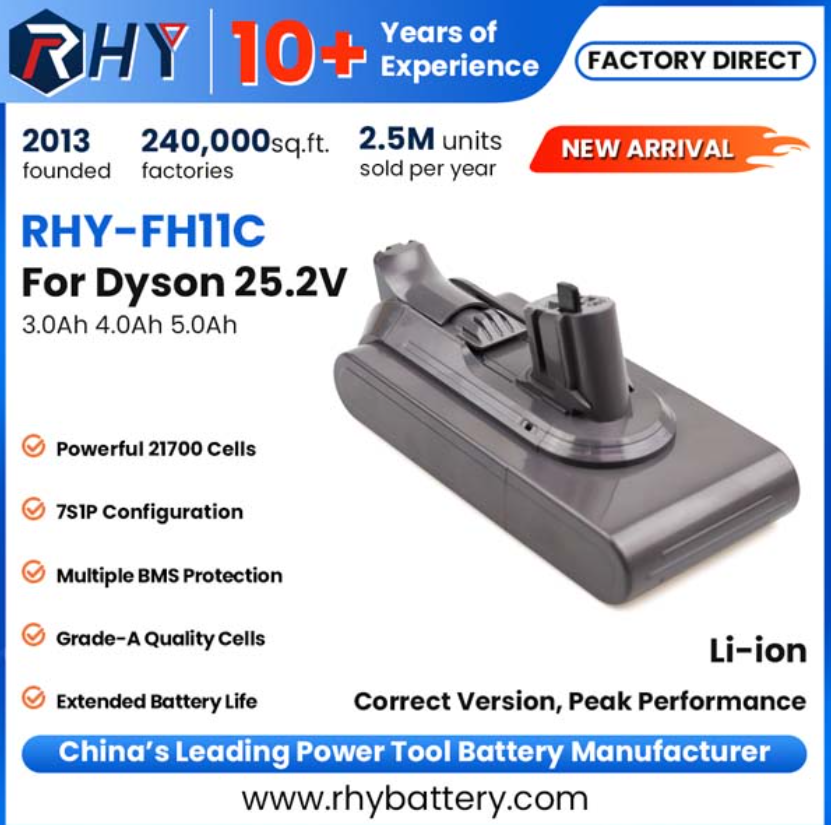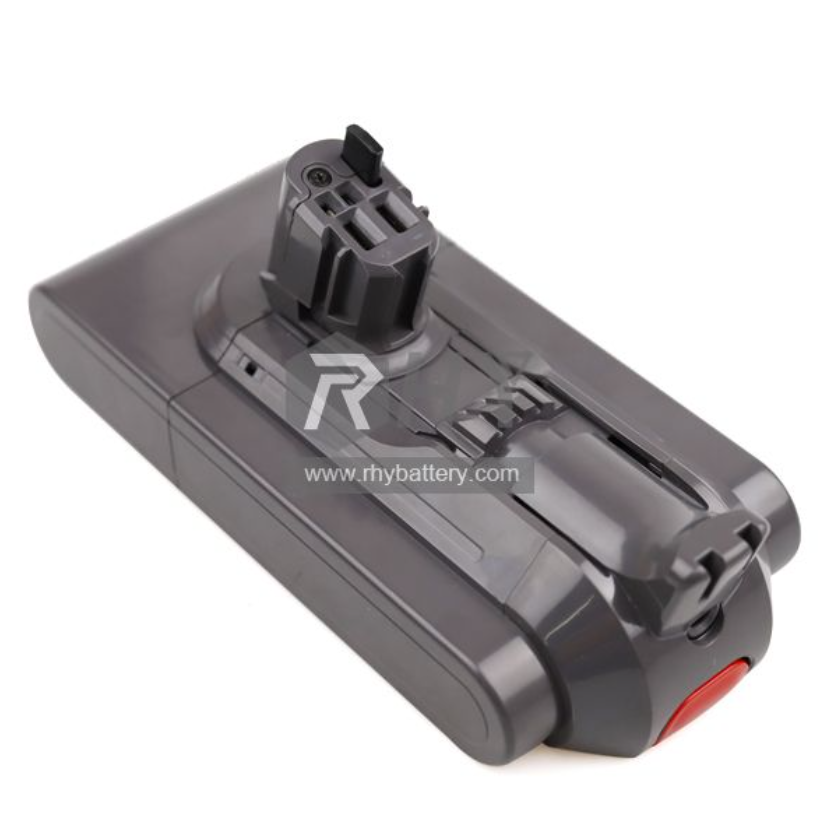Together for An Electric Future.
Proper maintenance of your vacuum cleaner’s battery is essential for ensuring its long-term performance and reliability. By following a few simple guidelines, you can extend the lifespan of the battery and avoid common issues that may arise due to improper use or care. Here are the key dos and don’ts of vacuum cleaner battery maintenance.
One of the most important aspects of maintaining your vacuum cleaner’s battery is charging it regularly. Most vacuum cleaners are designed to be recharged after each use, especially if they use lithium-ion batteries. By keeping the battery charged, you prevent it from deep discharging, which can degrade its performance over time. Aim to charge the vacuum after every use or when the battery is low, rather than letting it run completely out of power.
Batteries, especially lithium-ion ones, are sensitive to temperature extremes. Storing your vacuum cleaner in a cool and dry environment can prevent overheating or damage due to moisture. Heat can cause the battery to degrade faster, while cold environments can reduce its overall efficiency. If possible, avoid leaving your vacuum cleaner in places like a garage or a car during extreme weather conditions.

Sometimes, a vacuum cleaner may not charge properly due to connection issues. If your vacuum isn’t charging at all, the problem could lie with the charger itself. First, ensure the vacuum is plugged in and that the outlet is functioning. Look for a charging light on the charger or vacuum when it's connected to the wall socket. Refer to the vacuum’s manual to see what indication should appear while charging.
If the charger connects through a docking station, try removing it and connecting the charger directly to the vacuum cleaner to rule out any faulty connections. If you notice that the charging light doesn’t come on, it may be a sign that the charger is faulty. Chargers are designed to last the lifetime of the vacuum when used correctly, so if yours seems defective, contact the retailer or manufacturer for a replacement.
Follow the manufacturer’s instructions for charging and using your vacuum cleaner. Overcharging or using incorrect chargers can damage the battery. Always use the charger that came with your vacuum cleaner or a replacement recommended by the manufacturer to ensure compatibility and avoid damage. Additionally, avoid running the battery to complete depletion, as this can strain the battery and shorten its life.
While most modern vacuum cleaners come with built-in overcharge protection, it’s still advisable not to leave the battery charging unnecessarily for prolonged periods. Overcharging can cause the battery to overheat, leading to reduced lifespan or even safety hazards in rare cases. If your vacuum doesn’t have an automatic shutoff feature, make sure to unplug it once the battery is fully charged.
A damaged battery can be a safety hazard. If you notice any signs of battery damage, such as swelling, leaking, or unusual overheating, stop using the vacuum cleaner immediately. Using a damaged battery can result in further damage to the device and potentially pose a risk of fire or injury. Always replace a damaged battery with an authorized replacement part from the manufacturer.
While many vacuum cleaners are designed for cleaning up liquids or damp areas, the battery should never be exposed to water or excessive moisture. If water seeps into the battery compartment, it can cause the battery to short-circuit or corrode, leading to permanent damage. Always make sure your vacuum cleaner is designed for wet use before attempting to clean up spills or liquids.
Storing your vacuum cleaner with a completely drained battery can reduce its longevity. Batteries slowly lose charge over time even when not in use, so leaving it fully discharged for long periods can cause the voltage to drop to unsafe levels. Before storing your vacuum cleaner for an extended period, ensure that the battery is at least partially charged (usually between 40-60%) to maintain its health.

If you’re experiencing issues with your vacuum cleaner not charging, there are a few steps you can take to identify the problem. As mentioned earlier, check if the charging light is coming on when the vacuum is plugged in. If the charger plugs into a docking station, try bypassing it and connect the charger directly to the vacuum cleaner to ensure the dock isn’t the issue.
If the light doesn’t come on and the vacuum is still not charging, the charger could be faulty. A charger that fails under normal usage conditions should not happen, and you are entitled to a replacement if it’s within warranty. Contact your retailer or the vacuum’s manufacturer to discuss potential options for repair or replacement.
Taking care of your vacuum cleaner’s battery is crucial to its performance and lifespan. By following the dos and don’ts outlined in this guide, you can ensure that your vacuum remains in good working condition for years. Regular charging, proper storage, and avoiding misuse of the battery are key to avoiding the most common battery-related issues. If your vacuum cleaner does experience charging problems, it’s essential to troubleshoot the charger and connections before assuming a battery replacement is necessary.
By staying mindful of how you handle and maintain your vacuum cleaner’s battery, you can enjoy hassle-free cleaning without frequent interruptions or costly replacements.At RHY Battery , we focusing on the design, development and manufacturing of cutting-edge battery packs and chargers. We are committed to providing industry-leading battery solutions for your applications.